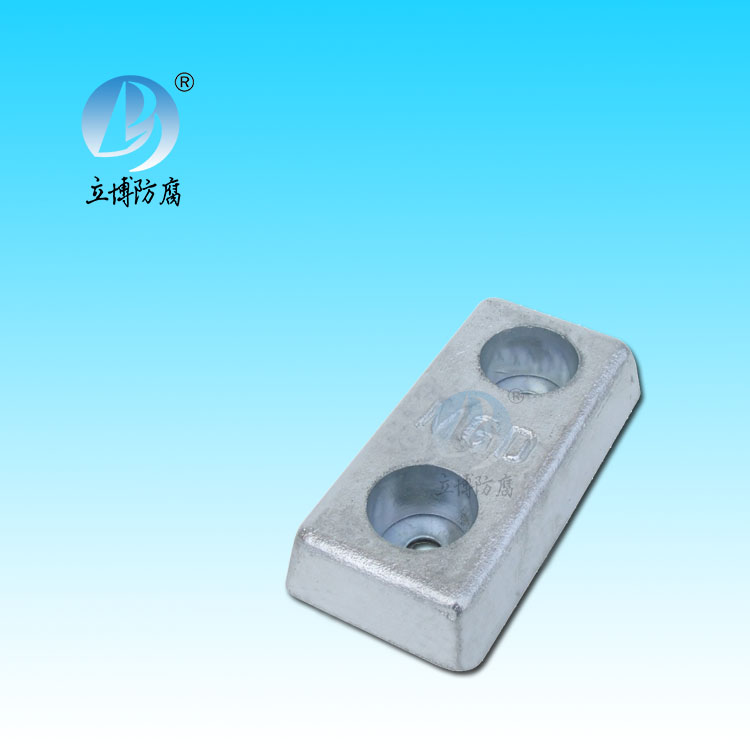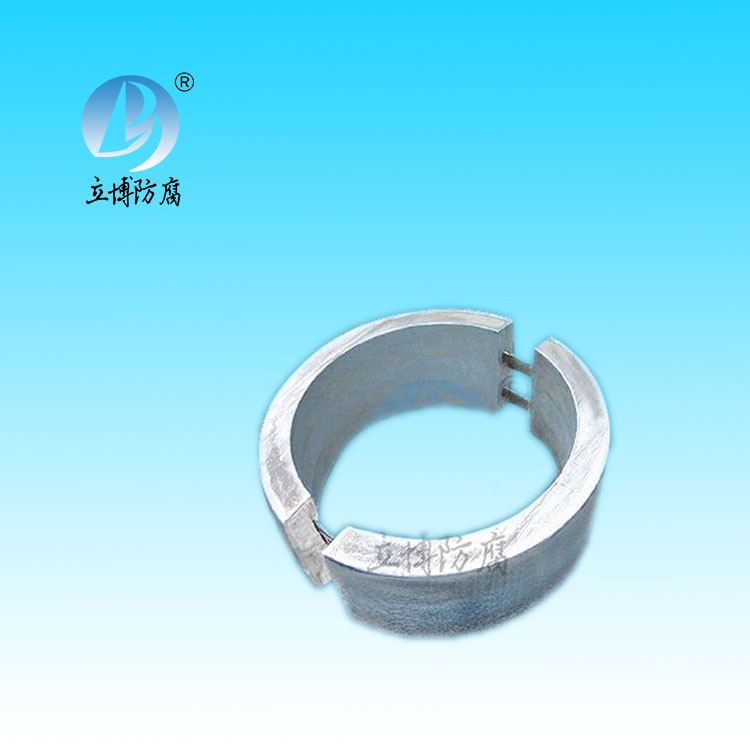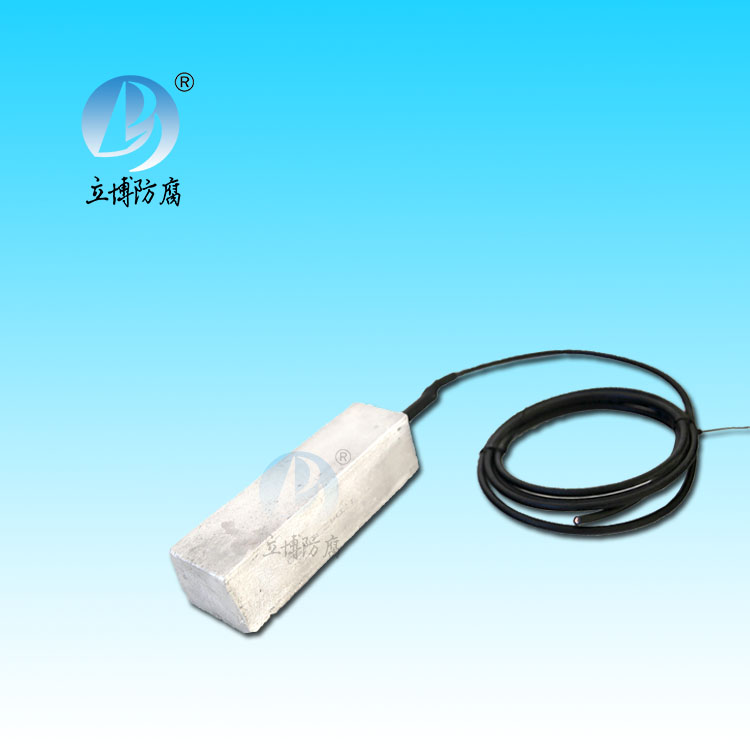News
News
- What is a sacrificial anode
- Basic requirements for reference...
- What does the reference electrode do...
- Why are zinc blocks attached to the ...
- What is the principle of impressed...
- What material does metal structure...
Contact
Phone:18739187123
hotline:0391-7588881
E-mail:970512272@qq.com
Address:Wuzhi County, Jiaozuo City, China
Q & A
Gas ignition gun knowledge?
- Author:Libo
- Source:wwww.voypictures.com
- Date:2021-06-11
- Click:0
It is said that lighters, pens and watches are the three most important accessories on a man's body. A man's taste and status can be seen in these three things. Although the lighter is small, it is the condensation of casting, gear, spring, friction, combustion and other physical and chemical basic elements, this matchbox-sized metal box, with more than 20 parts, it reflects human's familiarity with nature and the development process of industrial civilization.
The most primitive lighters were derived from flint flintstones, which, when pulled by a spring trigger, struck a piece of flint to produce a spark that ignited a leaf. Lighter as a small firearms, according to the use of fuel can be divided into liquid lighter and gas lighter; According to the ignition mode can be divided into flint lighter and electronic lighter. Fire played a decisive role in early human civilization. And human's familiarity with fire is also from fear and panic at the beginning to active use, and finally through the manufacture of fire to achieve the purpose of benefiting human beings. Fire has played a central role in human evolution and development since the dawn of civilization, and once our ancient ancestors learned how to handle fire, they took a pivotal step toward civilization. In these processes, human beings have been diligently seeking the most effective and simple way to make fire, from the original tools of the Bronze Age, to today's electronic lighters. If say the development of lighter is the microcosm of human civilization process, this one statement is not too much.
The ancestor of modern lighters can be said to be the tinder box and the equally famous tinder box (also called "fire lotus son", foreigners called it "chuck-mucks") in 16th century Europe. The tinder is somewhat different from the Tinder-box of Europe in that the tinder-box is attached to the tinder-box, whereas the European tinder-iron is chained to one side. But both work in the same way, using a tinder iron to create a spark that ignites tinder. The difference is that the tinder box's tinder iron is chained to one side, whereas the tinder box is completely integrated. The latter is Chinese. When the world's first pistol came out before long, the first early lighter also rose, when the world's first pistol came out before long, the first shape of the cigarette lighter like a pistol also came out subsequently, because it is changed with a pistol, called tinder pistol. The lighter has also long been used as a status symbol and an office fixture. In the 18th century, lighters with ropes were put up. Then came lighters made of phosphorus and kerosene or wax, corundum grinding wheels and fire cords, and gasoline lighters. The Crimean dispute in 1854 led to the rapid growth of the cigarette industry. Before that, only eastern Europeans and the Balkans smoked cigarettes, while western Europeans chewed and piped cigarettes. When fighting, eastern Europeans could take advantage of the breaks in the battle to smoke, and their opponents often heard the sound of the bugle as soon as they filled a pipe, showing the upwind of the cigarette. The spread of cigarettes has made smoking more convenient and stimulated demand for lighters. Lighters gradually developed to the ignition of the fire wheel, and then the fire rope ignited the gasoline way. During this period, the discovery of phosphorus led to the invention of matches, and many lighters were also designed as match boxes. The industrial revolution, which took place in the mid-18th and mid-19th centuries, made every industry in Europe undergo profound changes, and the manufacturing of lighter devices was no exception. In the Crimean campaign of 1853-56, the biggest winner seemed not to be a country, but the booming cigarette industry, which became inseparable from the manufacture of lighters. Around 1898, a lighter using fuze technology was born. It immediately became an extremely popular product in the market. It was called the Magic Pocket Lamp, and it used detonators and lighters similar to those used in today's toy guns.
As time went on, more and better lighters were made and sold, and lighters became a necessity, a favorite promotional gift, a souvenir of an adventure or a trip, or even just a valuable collectible. By the early 20th century, the tinderbox era had come to an end, and consumers wanted more and cheaper options. The inventions of this period included electronic lighters, battery lighters, and methanol lighters. It also produced the world's first cigarette lighter brand, IMCO, which has a status as the "adult automobile nation" of lighters.
France rose lamp wick type lighter 1920, lamp wick is dipped with saltpeter powder, ignite easily by spark, later, change will lamp wick dip in benzene benzene lighter, this kind of lighter leaks fuel sometimes, and should often change lamp wick. After the second world War, gas fuel lighters appeared, gradually replaced the benzene wick lighter. The butane gas extracted from natural gas is compressed into the lighter. When used, the butane gas is ejected from the top nozzle of the lighter and ignited by the ignition device. The size of the flame can be controlled by adjusting the amount of air injection.
The ignition system of lighters has also been improved over time. The old system consisted of flint and flint wheels, which were made of an alloy of iron and cerium. In 1906, Austrian chemists discovered that the alloy material had the property of producing sparks. They loaded the flint into a lighter, and the grinding of the iron wheel file on the machine cover caused the flint to produce sparks. Fire, the most primitive and basic invention of human civilization, has been the basic element of human life ever since. Fire tools have always been invented to make fire. At the beginning of the 20th century, when Austrian scientist Auer von Welsbach made flint or flint, lighters became the latest, simple, safe and best life gadgets to produce flame. Lighters reflect the technological advances of the 20th century, spreading around the world and, for a time, creating a throwaway atmosphere. Until today, most people in China are carrying the red and green disposable plastic lighters in their pockets. Since the first lighter was invented in the world, it has gone through hundreds of years, and its development has changed greatly.
From the earliest focus only on practicality gradually into the artistic inspiration of producers, lighters made by craftsmen of different countries and different creative styles have different styles, bringing infinite artistic vitality to the lighters of only a square inch size. It is believed that from the brief review of the history of lighters above, we have found that this seemingly simple and ordinary object also has many wonderful stories, and is intertwined with the development of human civilization. Is, today's most modern lighters still primitive flint tools shadow, but every interested would admit, worthy of collection of the lighter is absolutely wonderful technology and a combination of good design, and they are condensation of human creativity, and thanks to Ruth, to make lighter up to the noble cloth like treasures. Lighter fuel has experienced tinder, rope, sulfur, phosphorus (red phosphorus, white phosphorus), paraffin, kerosene, alcohol/perfume, hydrogen, methane, gas to gasoline, butane.
Among them, when gasoline is not used in cars, it was chosen as the fuel for lighters. Butane (C4H10) Butane because of carbon atoms and hydrogen atoms in different states can be formed into n-butane (N-butane) and isobutane (I-Butane) two, such as the same molecular formula but the atoms of different states of the substance, called isomerization. Butane is the same as propane, which uses liquefied petroleum gas as fuel. Compared with propane, it is difficult to gasify in winter or cold regions because of its higher boiling point. But at room temperature about 2atm can be liquefied, so there is no high pressure, mostly used as lighter fuel, in the chemical industry is very important. This process reflects the development trend of lighter fuel: from not easy to ignite to flammable, from solid to gas and then to liquid, from unsafe to safe, from pure practicality to both art. The fuel problem seems to be easy to solve, the problem is the way to generate sparks. A fire made by drilling wood. A spark produced by the heat generated by constant friction between two sticks." Fire was a driving force in the economy and faith of primitive tribes. The fire at that time or kinder is having divine meaning and mysterious charm in the heart of people, since their profit is warm source, was full of uncontrollable sex again. Lens concentrates light by refraction of glass or ice. It was used as a timing tool in ancient China. Among the museum's treasures is a model of a large gun barrel that points every day at midday. Moreover, there is a lens at the mouth of the barrel and a charge below it. When noon came, the lens focused sunlight on the charge, causing it to fire, and when the "timing gun" sounded, it indicated the hour of noon.
The wheel of the lighter was actually developed by Auer, an Austrian. ORR found that metals made of ferrocerium alloys easily produce large sparks when rubbed. The metal is named after ORR. The alco-metal wheel was not originally round and had a file around it, but after some testing, it was developed into a flint tube. To ensure that there was enough pressure between the flint in the wheel, a spring under the flint was rubbed against the wheel, which produced a spark. ORR solved the problem of spark generation, which remains the dominant form of lighter lighting to this day. However, people did not think of using a wheel at the beginning, had used a half wheel, but soon realized that the disadvantage of this reciprocating half wheel is that the flint wear too fast, because even when not firing also need to grind the flint. Catalytic ignition In 1823, German chemist Deberena discovered in his laboratory that hydrogen would ignite when it touched platinum cotton. The discovery motivated him to try to make lighters. Debelena filled a small glass tube with an appropriate amount of dilute sulfuric acid, and the inner tube was filled with a zinc sheet. The glass tube was filled with a top cover with a nozzle, platinum cotton and a switch. The zinc sheet in the inner tube was in contact with sulfuric acid and natural hydrogen. The pressure generated by a certain amount of hydrogen will discharge the sulfuric acid in the inner tube into the glass tube. When the switch is turned on, the hydrogen in the inner tube will rush to the platinum cotton and catch fire. The pressure in the inner tube and the glass tube is rebalanced, and the sulfuric acid enters the inner tube again and reacts with the zinc sheet to produce hydrogen again. So the world's first cigarette lighter was born. But it has a large volume of inconvenience to carry, fragile glass shell, sulfuric acid overflow danger and other shortcomings, can not be popularized. Electric lightening Modern vehicles that burn liquid and gas fuels are ignited by a spark plug discharge.
Another type of lighter is powered by a dry battery. One uses a 9-12 volt laminated manganese battery. When a switch is turned on, a tiny transformer inside the box raises the voltage to 9,000 volts, creating a spark that ignites the fuel. There are also lighters with mercury batteries and integrated circuits that produce high-voltage sparks, which require regular battery and fuel replacements. Piezoelectric effect During World War II, munitions experts used the piezoelectric effect to detonate bombs. Crystals such as sodium potassium tartrate and some ceramics are attached to the front of the bomb, which, when struck by a strong force, generates a high voltage charge instantly and detonates the powder. After the war, The Japanese successfully applied the piezoelectric effect to cigarette lighters, generating 6000-8000 volts in 30,000th of a second, so that the resulting spark ignited butane, eliminating the need for dry batteries or flints. When the spark problem and the fuel problem are solved, the lighter industry can develop rapidly. In the late 19th and early 20th centuries, lighter factories were everywhere, some of them made of metal, some of them made of bakelite (phenolic resin). Modern lighters can be said to have more and more functions, in addition to light cigarette lighters, there are many special lighters, such as special light pipe, light cigar, light fireplace (of course, can also light gas stove), and even more functional lighter.
The shape of the pipe dictates that the lighter must be angled, even horizontally. There is a Zippo lighter, in the wind net side with a round hole, the lighter close to the pipe, the flame will be sucked to the pipe. Some luxury lighters (dupont, Dunhill) can go a long way to lighting up a thick Havana cigar. Some expensive lighters can be converted into cigar lighters by changing the nozzle to coarser the flame. Some people who use Zippo lighters think that Zippo has a wide, nonflammable flame, perfect for lighting cigars. With Zippo light cigar accurate steps, one, open the lid, wait for 3 to 5 seconds, let the fuel with the aroma volatilize off; Two, ignition, burning 3 to 5 seconds, burn the aroma in the fuel; Three, light the cigar, the cigar should be one centimeter above the brightest flame, but not too close to the flame. Anyway, people who care about taste don't use disposable lighters.
The throwaway consumer wave "should not change"
First, lighters and matches used in the raw materials are different, disposable gas lighters used in the raw materials are ABS and AS plastic particles, butane gas, copper, iron, aluminum, flint, etc., and the raw materials of matches are mainly wood, chromium, zinc, sulfur and other flammable compounds.
Second, lighter and match production process is different. The production of disposable gas lighter is to inject ABS·AS plastic particles into the shell by injection molding machine, then manually weld, assemble 26 parts, fill butane gas, and finally test the box, which is completely manually operated. And matches using automatic production line production, the wood is finely cut into a certain fineness of the stem, dry in a top of the stem with sulfur, chromium, zinc and other combustible compounds.
Three, lighters and matches fire in different ways. Disposable gas lighter is through the external force of the grinding wheel, grinding wheel friction flint, sparks, so as to achieve the purpose of fire, it only burns gas, does not burn itself. The match is the top of the chromium, zinc, sulfur and other compounds friction, thus burning themselves to achieve the purpose of fire.
Four, lighters and matches use different life. At present, in developing countries, matches are not to fire as the main purpose, has been widely used in advertising products, gifts as the main body, especially in hotels, restaurants, leisure places to see the most, and small size, use no more than 10 times. And disposable gas lighter, smaller volume, easy to carry, service life can reach more than 1000 times, and has a very good safety function.
Five, lighter and match environmental protection is different. After the lighter is on fire, the gas is burned, and the size of the flame can be adjusted. After the gas is used up, plastic, copper, iron, aluminum can be recycled and reused. It does not release toxic gases during combustion. The match is ignited by friction, and the flame is not regulated. When burning, it will release a harmful gas containing chromium, zinc and sulfur into the air. And in the production process, a lot of wood will be cut down, which is not conducive to the protection of the ecological environment. Lighter lighter is the improvement of science and technology, is supported and encouraged by the WTO, is the original fire replacement, which also marks the improvement of human, social development, but also in order to protect the ecological environment, reduce wood logging, reduce man-made release of toxic gas to the natural world







 客服QQ
客服QQ